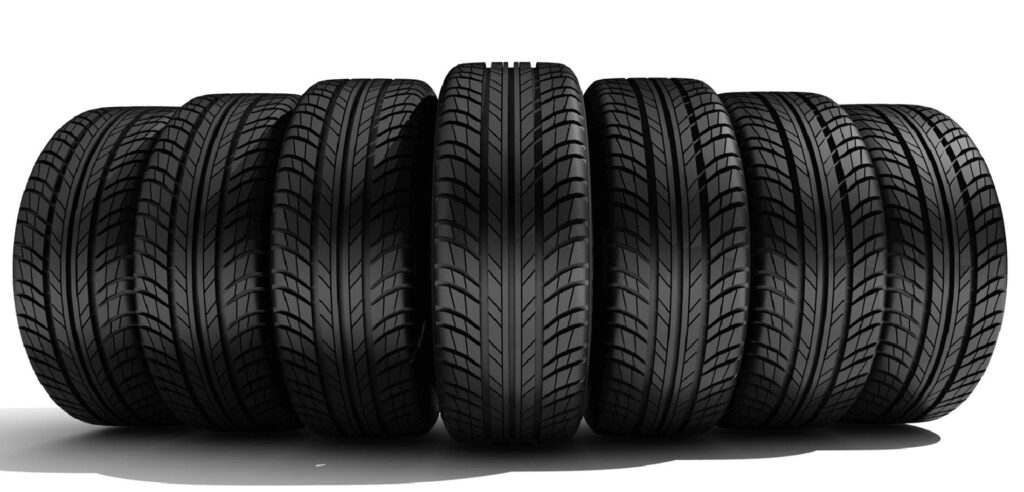Because they are the sole part of your vehicle that makes contact with the pavement, the tyres are very certainly going to be the source of the majority of the issues that you have with your car. It is vital to be aware of the warning signals that indicate a problem with your car’s tyres so that you can get them fixed or replaced as soon as one detects the issue MOT Bolton. This will ensure that your vehicle is always in a safe condition to be set in motion.
1. Excessive price inflation
Tyres that have been inflated to their maximum capacity will not perform in a safe manner. This is due to the fact that increasing the pressure in a tyre makes it more difficult for the tyre to retain contact with the road, which in turn makes it more difficult for the tread to establish grip. In addition to this, the more pressure you put into the tyres when you fill them, the more stress you place on the structure of the tyres, which in turn will limit the amount of time the tyres will last.
Examining the tread wear on your tyres is one technique to determine whether or not they have too much air pressure in them. Have the centres of your tyres worn down more than the rest of them? If this is the case, they most likely require some ventilation.
2. Under inflation
According to research, the majority of automobiles on the highways in domestic countries have tyre pressures that are lower than what is recommendable to you. If your tyres are not inflated to the proper pressure, you could run into any one of the following issues:
- A heightened possibility of understeer, which can increase the likelihood of crashes
- Poor control and difficulties carrying out a variety of precise manoeuvres
- More likely to suffer from general wear and tear – A higher possibility of being punctured
If you are anxious about a tyre that is not inflated enough, you can monitor the air pressure in your tyres yourself and adjust the level of inflation or deflation as necessary.
3. Fractures and bulges can be seen.
The impact of hitting a pothole or kerb can produce cracks in the sidewall of the tyres, which can lead to bulges in the tyres as well. Potholes can also cause bulges in the tyres. This problem is more likely to occur if your tyres are under or over inflated, and the only solution is to replace all of the tyres on your vehicle. Cracking, on the other hand, can be an indication that a tyre is getting up there in age and should undergo replacement anyhow, so this might not necessarily be a negative thing after all.
4. Driving at speed
If you drive at high speeds on a frequent basis (for instance, if you do your commute on the freeway), your tyres are at a greater risk of damage than they would be if you were travelling at lower speeds. When travelling at high speeds, coming into contact with road hazards like potholes can cause a greater degree of damage. Additionally, the overheating that higher driving speeds generate can cause damage to the tyres as well as a lack of control when driving.
If you have been driving at high speeds on a regular basis and have noticed any damage to your tyres, you should replace them as soon as possible to ensure your safety while driving on the highways.
5. Misalignment
Camber wear is a sign that your vehicle’s wheels are not properly aligned if you notice that one of your tyres has greater wear than the other. This is something that needs to be beheld at, regardless of whether your vehicle collided with a kerb, you changed the height of your vehicle, or you’re just experiencing ordinary wear and tear. Because it might diminish your tyre’s traction and grip on the roadways if it is not fitted correctly, a tyre that is not in proper alignment should either be refitted or replaced, depending on the severity of the wear it has sustained.
6. Abrasions & Piercings
Damage caused by punctures is typically the result of a particular hazard on the road, such as shards of broken glass on the pavement. As a consequence of this, the motorist is typically not to blame for this kind of harm. You may, however, significantly improve your defences against punctures by ensuring that your tyres have the appropriate amount of air pressure in them.
7. Emergency Brake Damage
The difficulty with using emergency brakes is that they can cause virtually instantaneous tread wear in a very particular area of the tyres. If this is permissible to continue for an extended period of time, it may result in the tyre losing its air pressure and the car being difficult to control. If you have recently performed an emergency stop, it is imperative that you inspect your tyres for any signs of uneven or localised wear.
8. Utilization & Abuse
It is inevitable that your tyres will experience general wear and tear as a result of their use over time, but it is essential that you monitor the tread depth of your tyres to ensure that they remain within the legal limit. If the tread depth is less than 1.6 millimetres, it is illegal for you to drive on public roads, and you insist on getting your tyres replaced. It is important to keep in mind during Car Service Bolton, however, that this amount of wear is the absolute minimum, and so replacing your tyres before they reach this level will ensure that your tyres are safe to be set in motion on the roads without sacrificing performance and grip.



